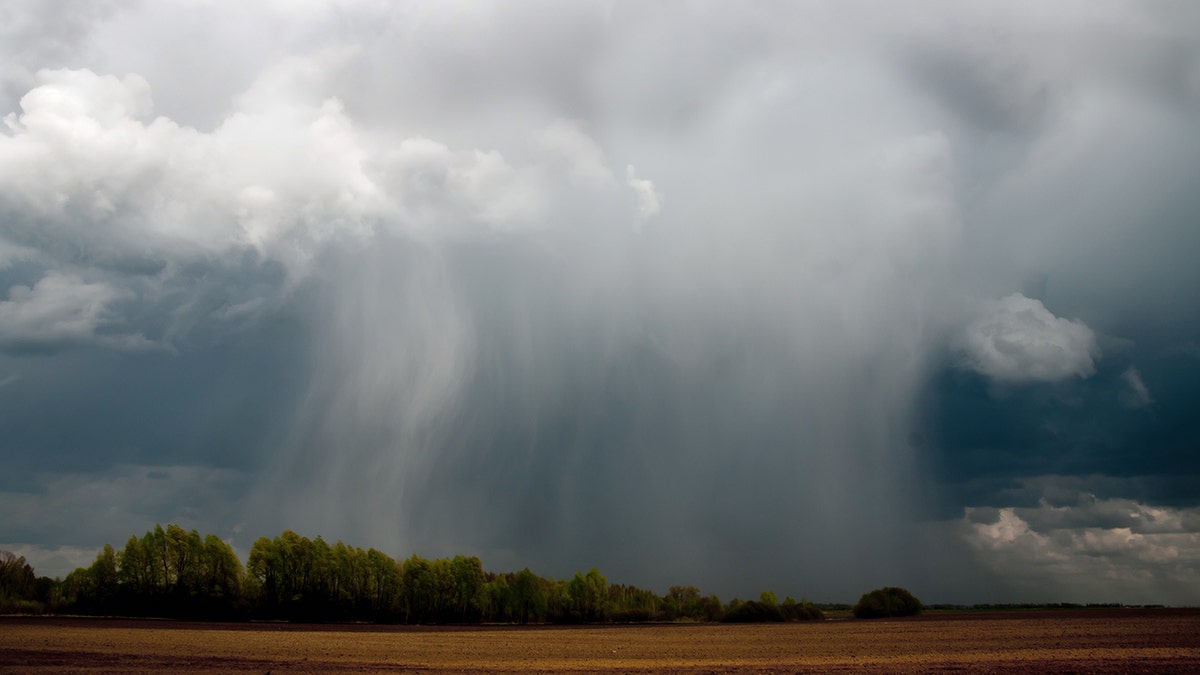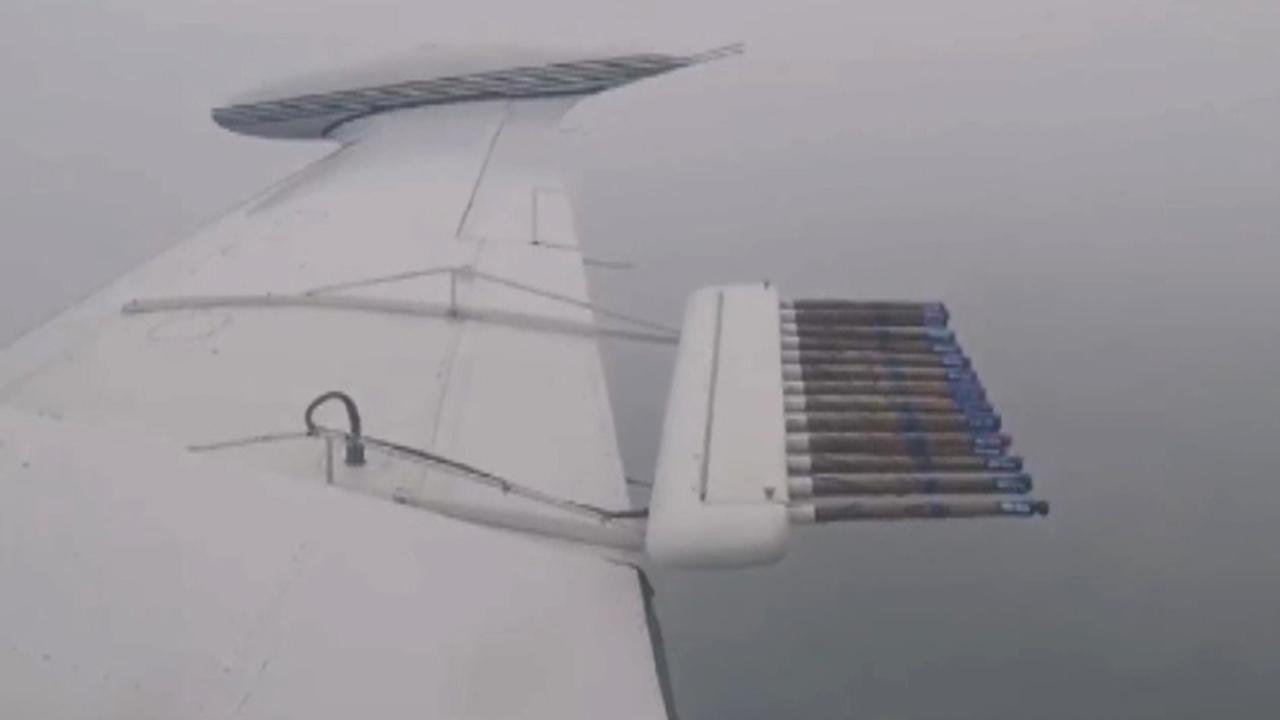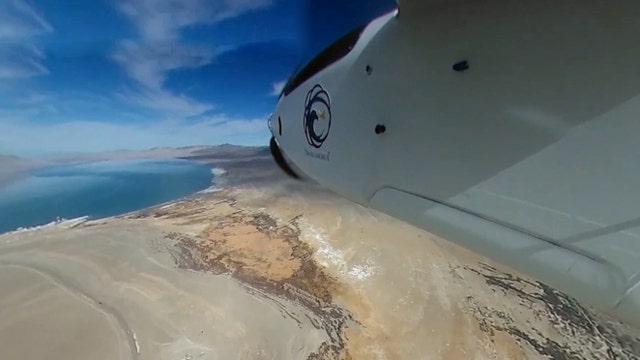Kim Jong Un makes first public appearance in 20 days
The Korean Leader tours a fertilizer factory in his first public sighting in 20 days.
Get all the latest news on coronavirus and more delivered daily to your inbox. Sign up here.
After years of devastating droughts that led to food shortages in North Korea, scientists in the Hermit Kingdom reportedly started developing artificial rain to combat the problem.
The method, known as cloud seeding, typically involves releasing flares of silver iodide from an aircraft's wing to generate more ice particles in a cloud. The process has been used for decades, usually involving a piloted aircraft.
Cloud seeding also is often used in Indonesia to put out forest fires during the dry season.
DERECHO THAT HIT TENNESSEE CAUSES WORST POWER OUTAGE NASHVILLE HAS SEEN IN DECADES
On Wednesday, a report by South Korean news outlet NK Economy said that scientists at North Korea's Kim Il Sung University have been developing such artificial rainfall for years to fight drought.

Researchers at North Korea's Kim Il Sung University have reportedly been developing artificial rainfall by using cloud seeding for years in order to fight drought there. (iStock)
According to United Press International, researchers at the university have worked since November 2017 on artificial rainfall experiments.
In May 2017, state media outlet Arirang-Meari claimed North Korea had developed rain-inducing “cloud seeding” rockets. The North Korean-monitoring website NK News said at the time rockets and artillery loaded with chemicals such as silver iodide or dry ice would be fired into clouds to induce rain.
University officials claimed last week that chemicals to change the amount of precipitation falling from clouds have been "self-developed" in North Korea over the course of two and a half years. According to UPI, the chemicals underwent "several outdoor tests, on different clouds."
"Artificial rainfall technology can alter adverse weather conditions to prevent drought and hail damage, secure water resources for electricity generation and clear up environmental pollution to contribute to the country's economic development and people's livelihoods," the university said.
Last year, the Hermit Kingdom said it suffered its worst drought in nearly four decades with only 2.1 inches of rain falling in the first five months of 2019. North Korea suffered a devastating famine in the mid-1990s that is estimated to have killed hundreds of thousands.

The threat of drought hangs heavy in North Korea, where outsiders note there is a dangerous shortage of food. (Photo by Eric Lafforgue/Art In All Of Us/Corbis via Getty Images)
The threat of drought hangs over a country that is dangerously short on food.
Last year, the United Nations food agencies said 10 million people in North Korea, about 40 percent of the population, were facing "severe food shortages" after one of the country's worst harvests in a decade.
But whether North Korea is successful at cloud seeding remains unknown.
North Korea exerts extremely tight control over information about its programs and leadership, making it virtually impossible for outsiders to find out what’s going on at senior levels.
CLICK HERE FOR MORE WEATHER COVERAGE FROM FOX NEWS
There are also mixed results for cloud seeding.
Last year, South Korea attempted to artificially make rain to fight air pollution, using an aircraft to fire 24 shots of silver iodide into clouds over the Yellow Sea. After the seeding, a cloud formation as confirmed and here was rain on some islands in the Yellow Sea, but no rain over inland areas, the Yonhap News Agency reported at the time.
A Jan. 25, 2019, experiment attempted to seed clouds to help reduce fine dust in the atmosphere.
CLICK HERE FOR THE FOX NEWS APP
"There was almost no observation of significant precipitation in the experiment, which made it impossible to gauge the effect of dropping fine dust concentrations," the Korea Meteorological Administration and the Ministry of Environment said in a release.
The Associated Press contributed to this report.



